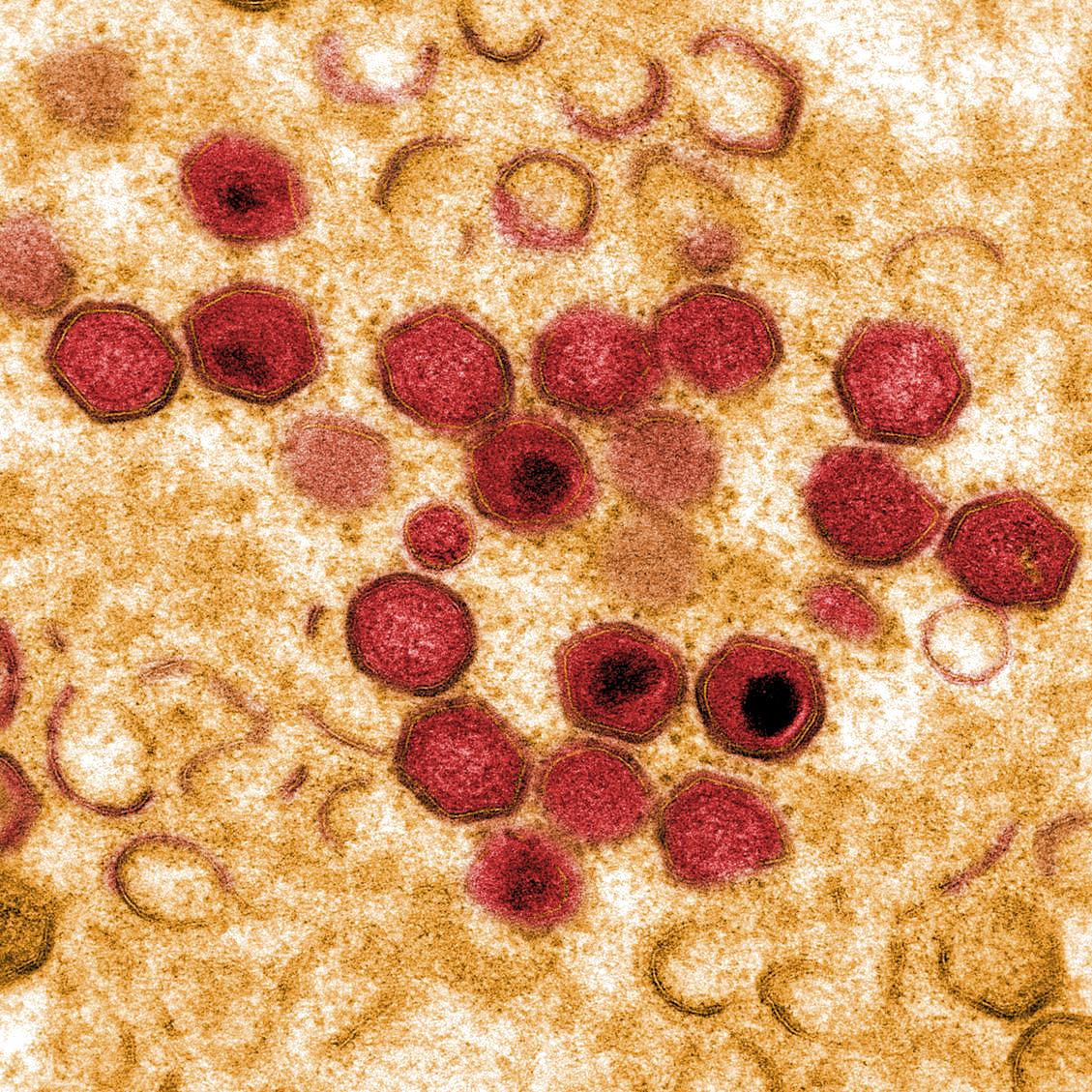A multiplex reverse transcription PCR and automated electronic microarray assay for detection and differentiation of seven viruses affecting swine
Microarray technology can be useful for pathogen detection as it allows simultaneous interrogation of the presence or absence of a large number of genetic signatures. However, most microarray assays are labour-intensive and time-consuming to perform. This study describes the development and initial evaluation of a multiplex reverse transcription (RT)-PCR and novel accompanying automated electronic microarray assay for simultaneous detection and differentiation of seven important viruses that affect swine (foot-and-mouth disease virus [FMDV], swine vesicular disease virus [SVDV], vesicular exanthema of swine virus [VESV], African swine fever virus [ASFV], classical swine fever virus [CSFV], porcine respiratory and reproductive syndrome virus [PRRSV] and porcine circovirus type 2 [PCV2]). The novel electronic microarray assay utilizes a single, user-friendly instrument that integrates and automates capture probe printing, hybridization, washing and reporting on a disposable electronic microarray cartridge with 400 features. This assay accurately detected and identified a total of 68 isolates of the seven targeted virus species including 23 samples of FMDV, representing all seven serotypes, and 10 CSFV strains, representing all three genotypes. The assay successfully detected viruses in clinical samples from the field, experimentally infected animals (as early as 1 day post-infection (dpi) for FMDV and SVDV, 4 dpi for ASFV, 5 dpi for CSFV), as well as in biological material that were spiked with target viruses. The limit of detection was 10 copies/μl for ASFV, PCV2 and PRRSV, 100 copies/μl for SVDV, CSFV, VESV and 1,000 copies/μl for FMDV. The electronic microarray component had reduced analytical sensitivity for several of the target viruses when compared with the multiplex RT-PCR. The integration of capture probe printing allows custom onsite array printing as needed, while electrophoretically driven hybridization generates results faster than conventional microarrays that rely on passive hybridization. With further refinement, this novel, rapid, highly automated microarray technology has potential applications in multipathogen surveillance of livestock diseases.



